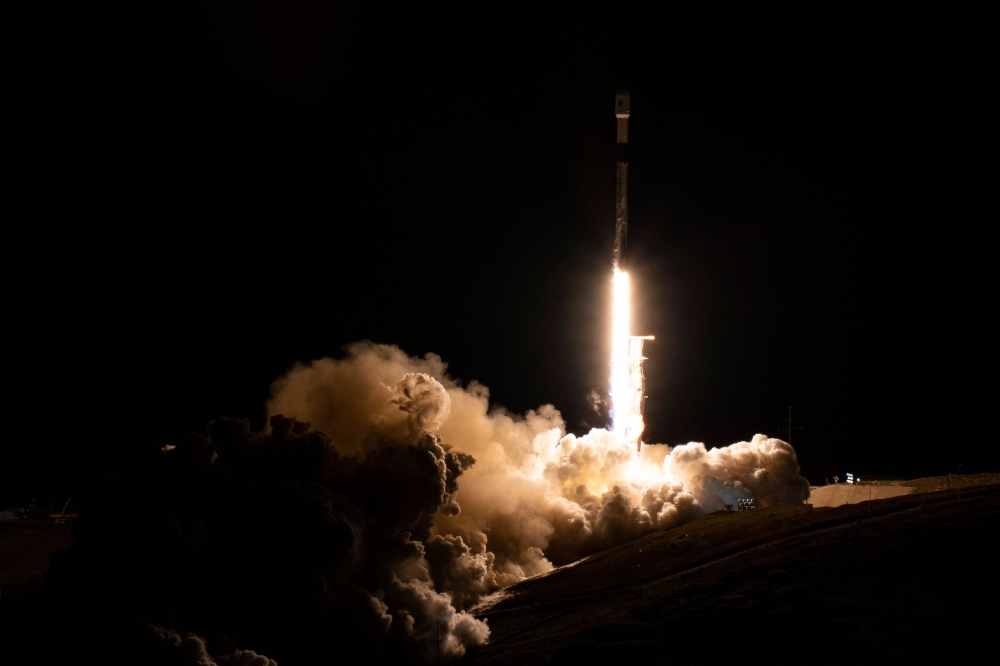
WASHINGTON, Dec 16, 2022 (BSS/AFP) - A satellite lifted off Friday from
California on a mission to survey nearly all bodies of water on Earth, offering
key insights on how they influence or are impacted by climate change.
The Surface Water and Ocean Topography (SWOT) satellite, a billion-dollar
project jointly developed by NASA and France's space agency CNES, took off at
1146 GMT atop a SpaceX rocket from the Vandenberg Space Force Base.
According to a statement from NASA, it will start collecting scientific
data in about six months after undergoing checks and calibrations.
"SWOT will bring us a revolutionary advance in our understanding of how
water moves around our planet," said Karen St. Germain, NASA's Earth Science
Division director, ahead of the launch.
"We will be able to see detail in eddies and currents and circulation in
the oceans that we have never been able to see before."
She said this would help predict floods in areas with too much water, and
manage water in regions prone to drought.
Selma Cherchali, of the French space agency CNES, told a press conference
on Tuesday that the satellite represents a "revolution in hydrology. We are
aiming to provide fine-scale observations ten times better than the current
technology."
From a height of 890 kilometers (550 miles), SWOT will have the clearest
view yet of the world's oceans, allowing it to track the rise in sea levels, as
well as rivers and lakes.
The satellite will measure the height of water in freshwater bodies and the
ocean on more than 90 percent of Earth's surface -- which it will track in its
entirety at least once every 21 days.
Researchers will be able to get data on millions of lakes, rather than the
few thousands currently visible from space.
NASA is currently operating some 25 space missions observing Earth, and
SWOT will be like "putting on glasses. We will have a crisp picture," said St.
Germain.
- Understanding climate change -
The satellite will help scientists better understand climate change, and
factors such as how much more heat and carbon dioxide oceans can absorb.
"We know with climate change that Earth's water cycle is accelerating. What
this means is that some locations have too much water, others don't have
enough," said Benjamin Hamlington, a NASA research scientist.
"We're seeing more extreme droughts, more extreme floods, precipitation
patterns are changing, becoming more volatile. So it's really important that we
try to understand exactly what is happening."
The mission is meant to last for three and a half years, but could be
extended until five years, or even more, said SWOT's project head at CNES,
Thierry Lafon.
The breakthrough technology at the heart of the satellite mission is called
KaRin, a Ka-band radar interferometer, which Lafon described as "the flagship
for a new generation of altimeters in space."
The radar sends down a signal which is reflected back by the water surface.
This echo is received by two antennas, resulting in two sets of data providing
high accuracy for water detection and resolution.
The US and French space agencies have worked together in the field for more
than 30 years. A previous satellite developed by the partners, TOPEX/Poseidon,
improved understanding of ocean circulation and its effect on global climate.
It also aided the forecast of the 1997-1998 El Nino weather phenomenon.